This is like having two pans in one. Two big, really heavy pans.
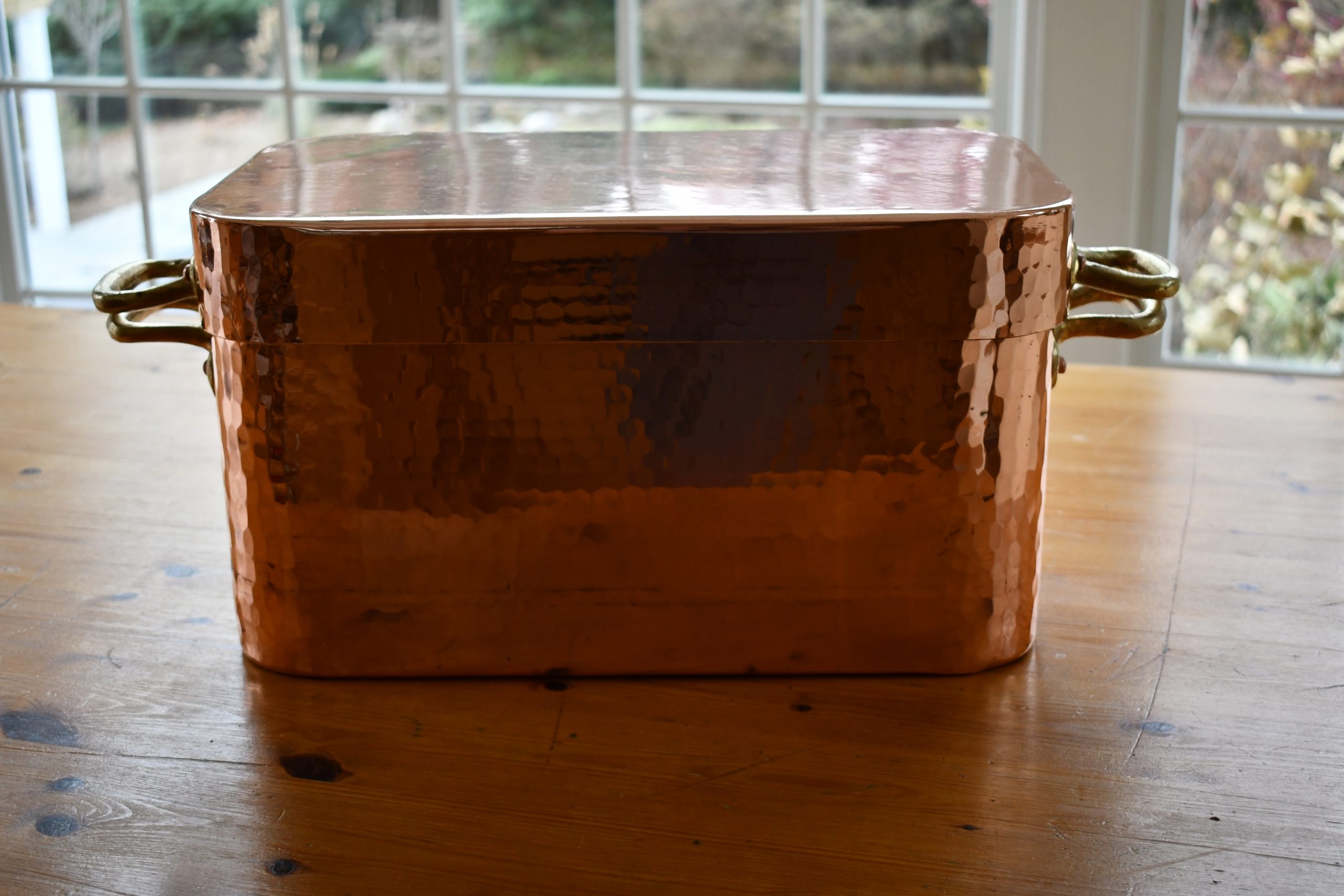
- Type: Tin-lined daubière in hammered finish with brass handles fastened by three copper rivets; cap-style lid with brass side handles fastened with three copper rivets
- French description: Daubière étamée et martelée avec poignées en laiton munies de trois rivets en cuivre; couvercle emboîtant avec poignées latérales en laiton munie de trois rivets en cuivre
- Dimensions: 40cm wide by 24cm deep by 22cm tall (15.7 inches by 9.4 by 8.7 inches)
- Thickness: 2.5mm at edge
- Weight: 9082g (20 lbs) without lid; 13534g (30 lbs) with lid
- Stampings: LAMALLE N.Y. CITY; MADE IN FRANCE
- Maker and age estimate: Likely Gaillard; late 1950s-1980s
- Source: Harestew
There are two things I particularly appreciate about this daubière.
First, I like the side-handled style. Daubières are pretty much single-purpose cooking pans for slow-braising meat. While there have been a few design variations over the last couple of centuries, all daubières need a tight-fitting lid that slides like a cap over the body of the pan to contain moisture. It’s this lid that can change the design of the pan the most. While the most frequently seen design has a handle mounted on the top of the lid — like the handle of a suitcase — this one has handles mounted on each side.
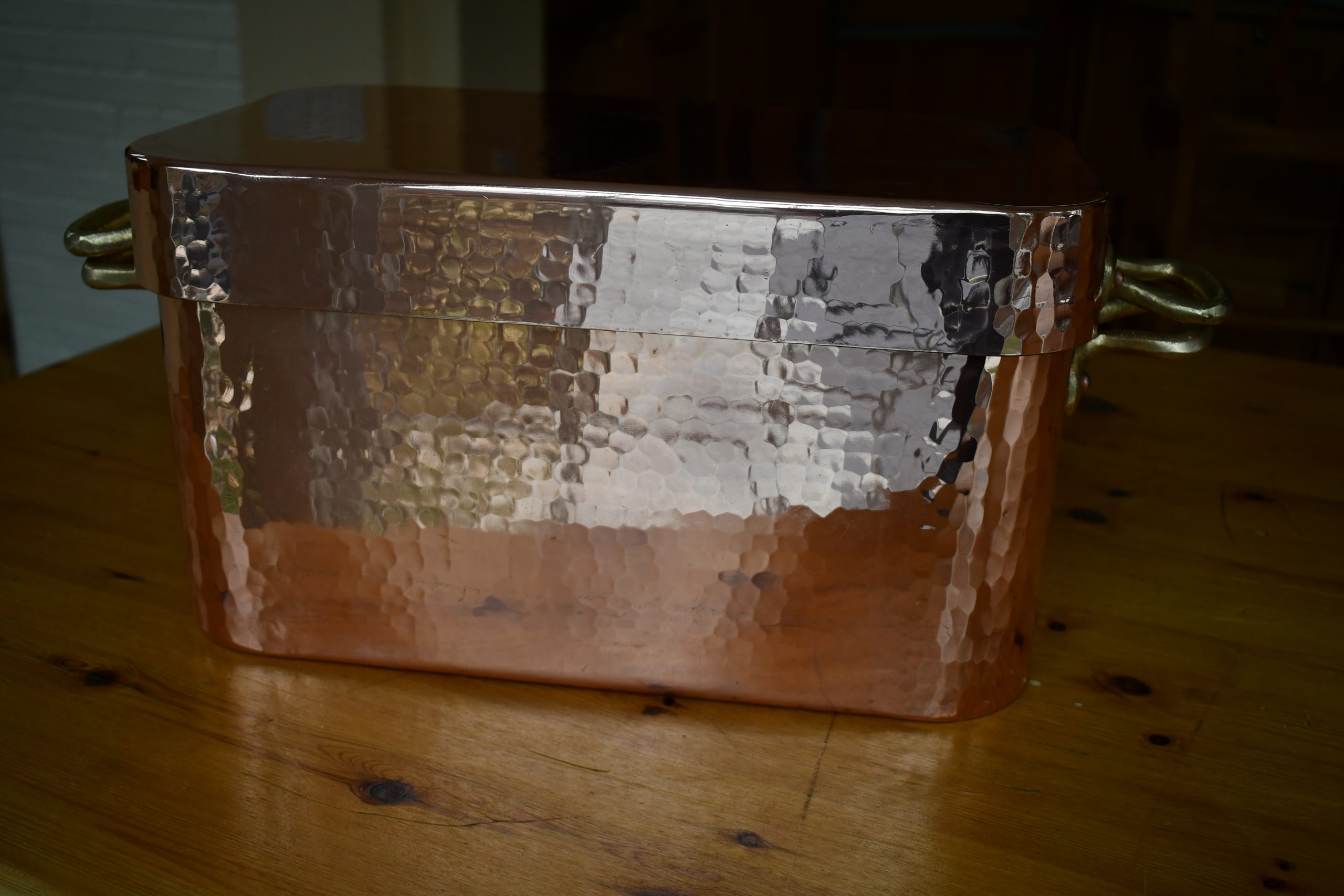
It’s a nice design because it means you can carry the pan and lid clamped together.
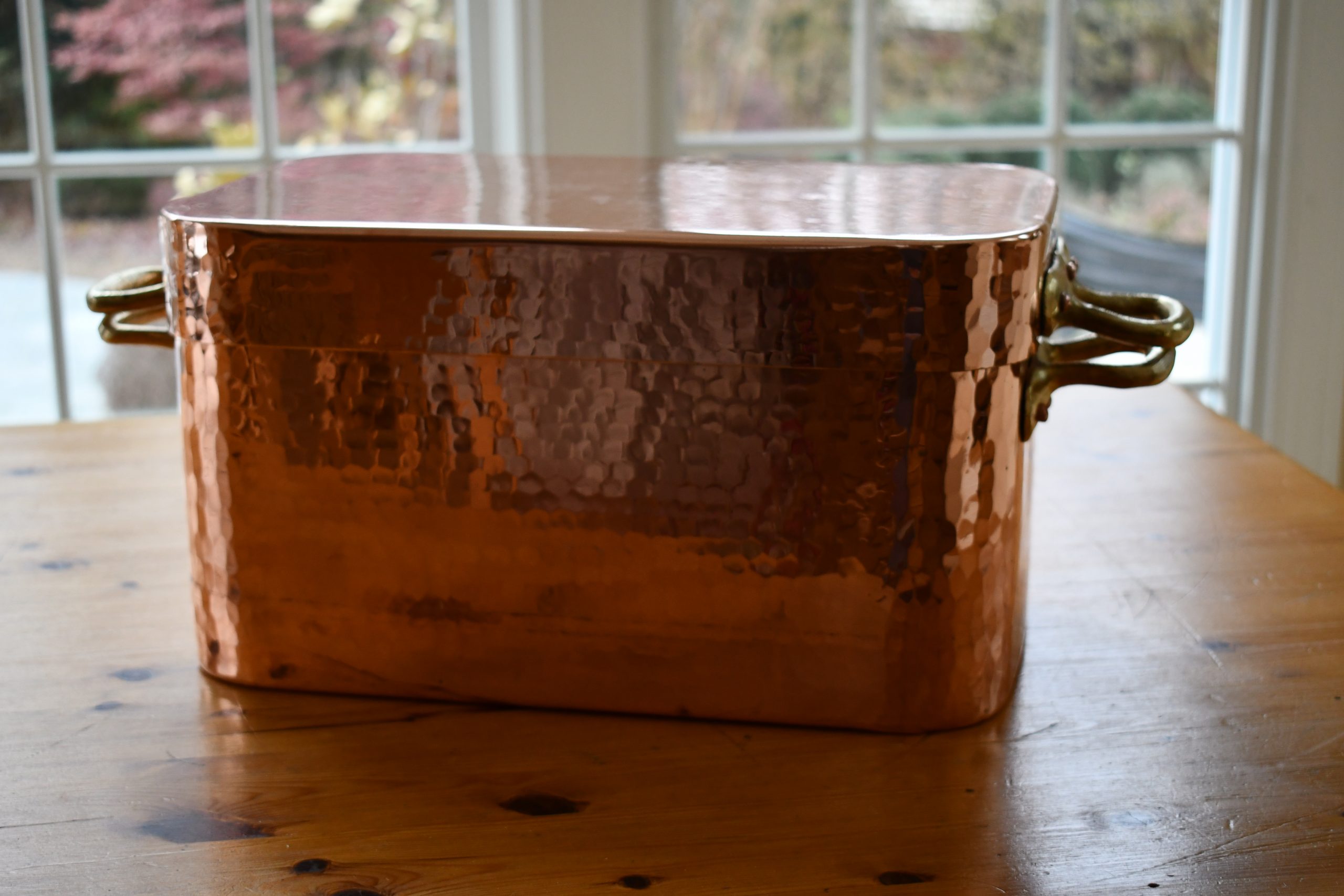
And it also means that the lid can double as a standalone roasting pan.
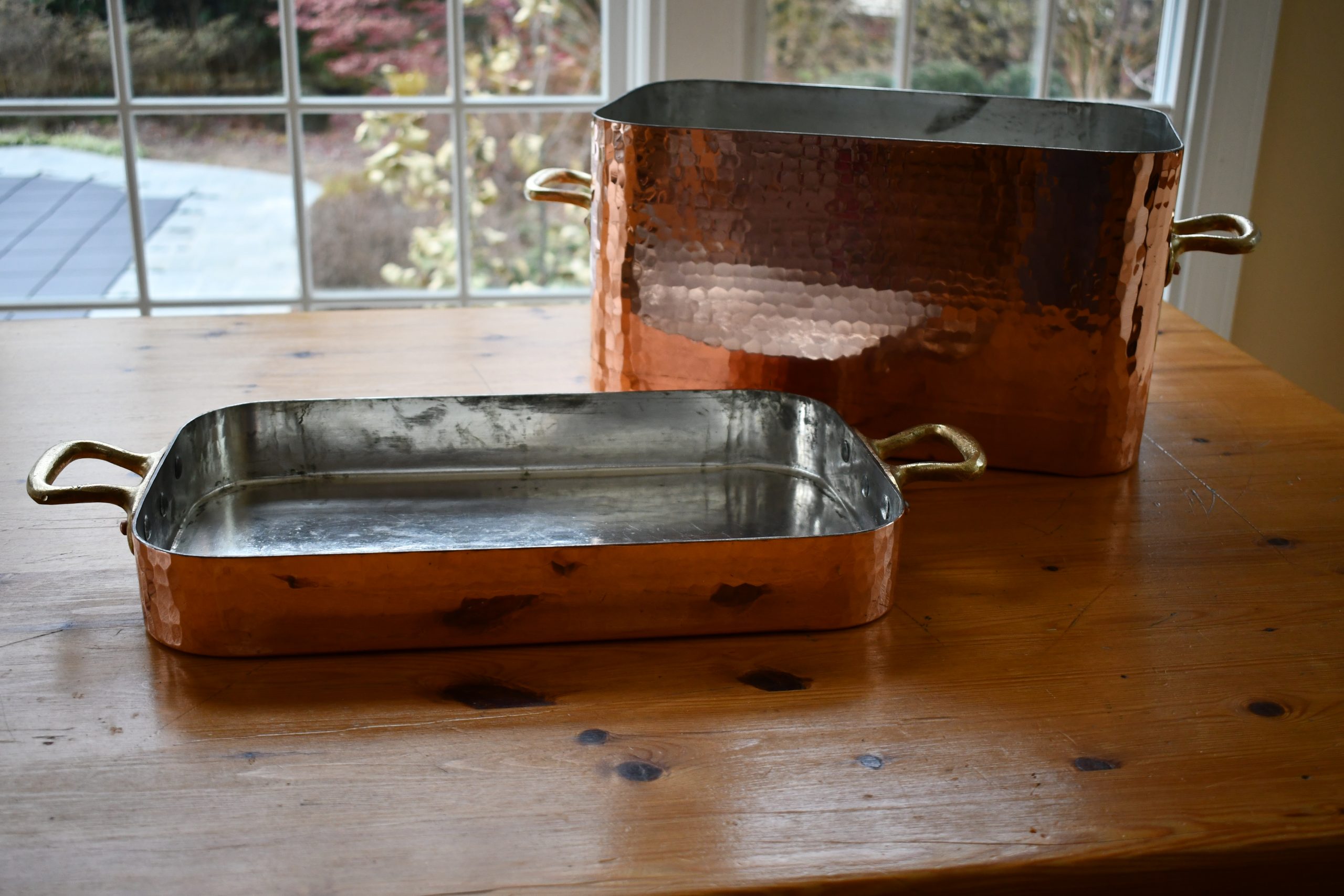
The second thing I appreciate about this particular pan is that it’s got quite a lot of copper in it. It’s 2.5mm thick: the body of the pan weighs just over 9000g (20 pounds) and the lid adds an additional 4500g (10 pounds). That lid is a serious roasting pan, strong enough for large roasts.
It’s stamped LAMALLE N.Y. CITY and MADE IN FRANCE and I estimate it was made between the late 1950s to 1980 or so. Lamalle Kitchenware operated in New York City from the 1930s to about 1990, and the MADE IN FRANCE stamp indicates that this pot was post-1957. This style of MADE IN FRANCE stamp is one I associate with Gaillard, which went out of business in the early 1980s. (See the end of this post for an update on this hypothesis.)
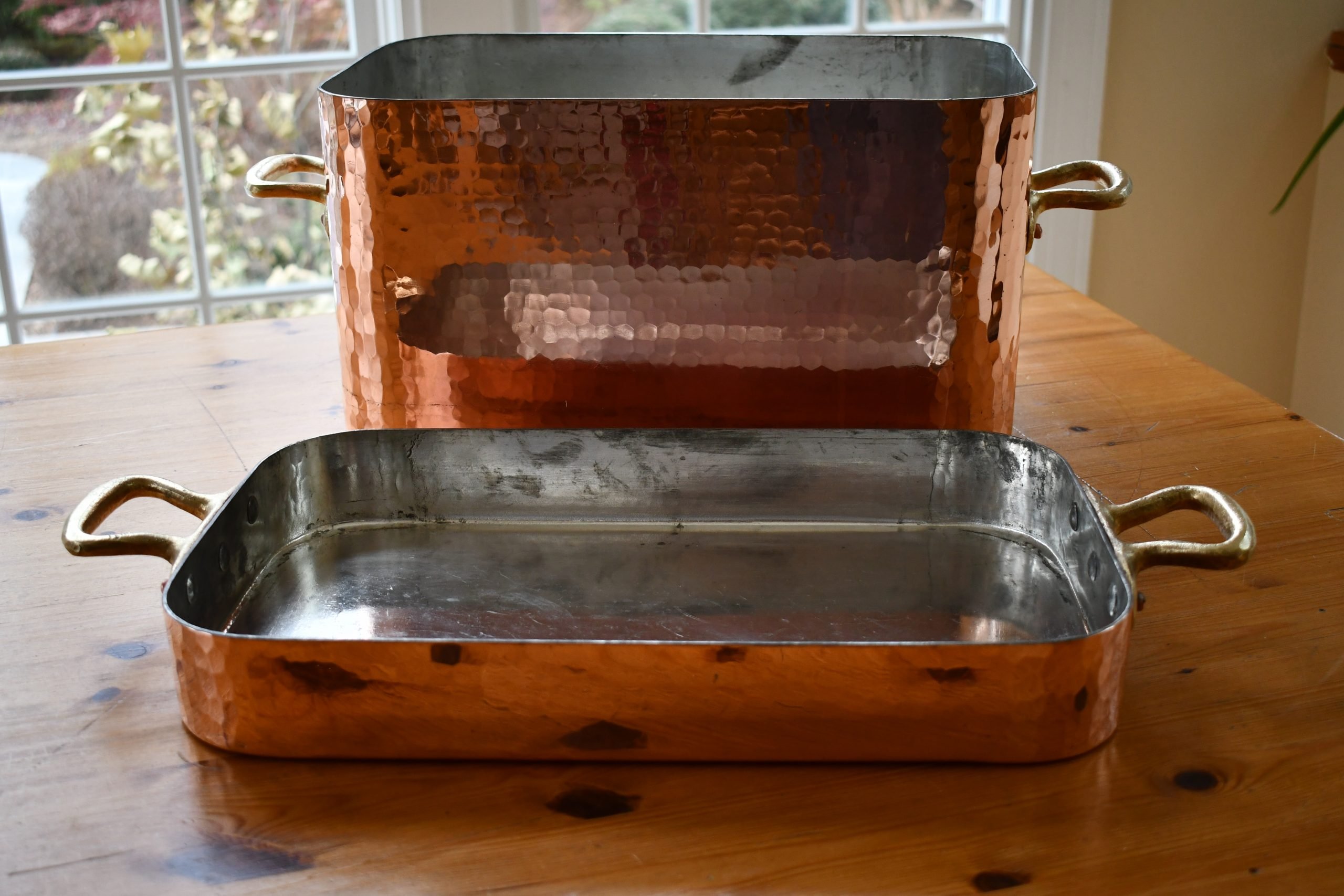
An additional sign of this pan’s era are its welded seams. The process of making daubières hasn’t changed much from the 1800s to the present day; they’re one of the few French copper pots that continue to be hand-assembled. But one thing that has changed is that the pieces of copper are no longer dovetailed together but welded, producing a stronger, almost invisible seam.
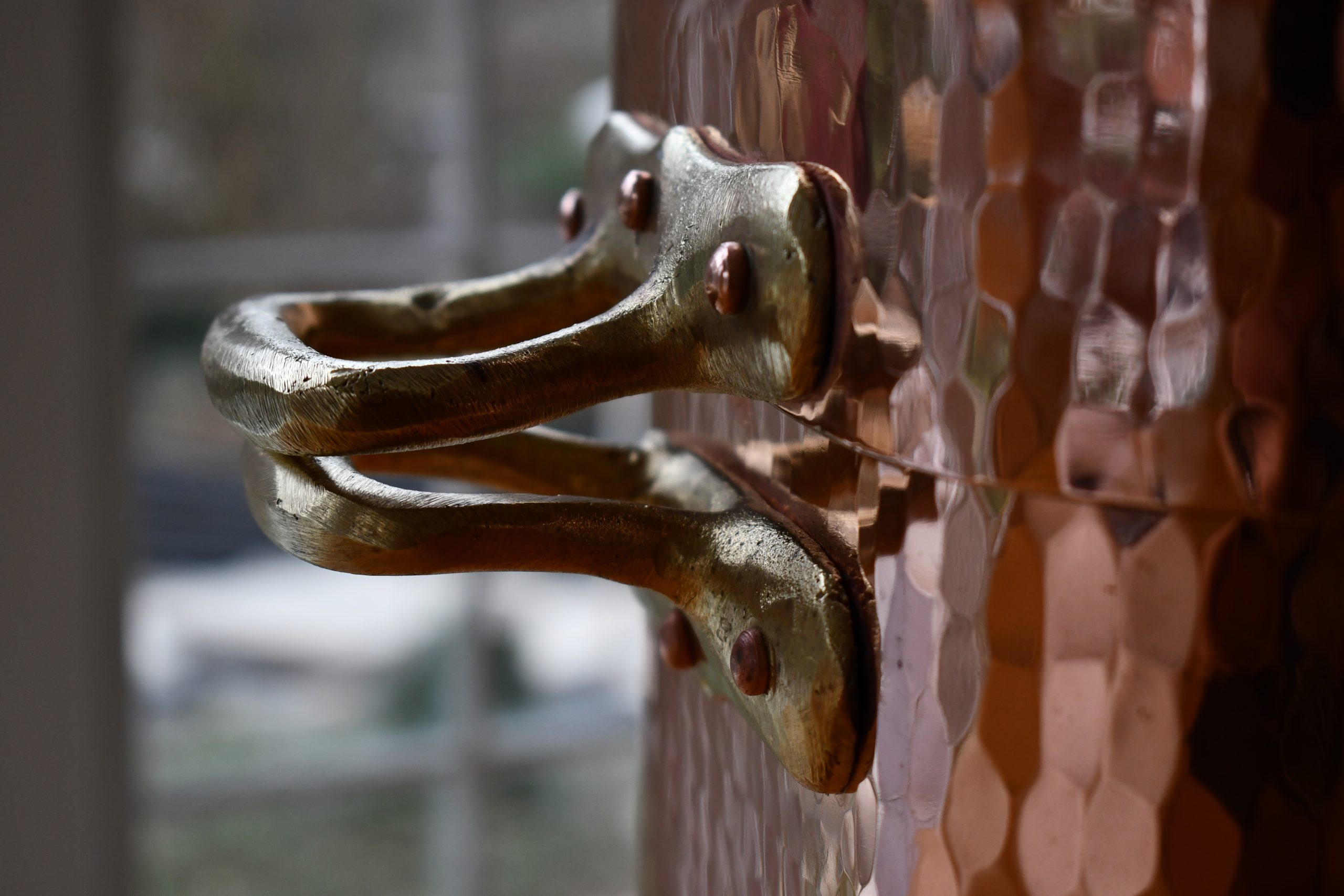
If this pan is Gaillard from the 1960s to 1980s, that would date it to the final decades of Gaillard production. I’m continuing to learn about Gaillard (and developing my field guide) and I find this time period — the last years of a chaudronnerie with a glorious tradition — to be both mysterious and poignant. This pan evokes that feeling for me with its blend of old and new: it is a classic daubière, lavishly thick, yet welded together and fitted with almost plain handles. I love it and I am very pleased to have it in my collection.
An update
Fidelma Cox of Normandy Kitchen Copper was kind enough to share scans of her 1956 Gaillard catalog that supports my hypothesis that this is a Gaillard piece. Take a look at this description from page 6 of that catalog showing the two styles of daubière (which Gaillard calls braisière) on offer at that time. Note that the description of the side-handled piece highlights the fact that the couvercle emboîtant (fitted cover) also forms a plaque à rotir (roasting platter).
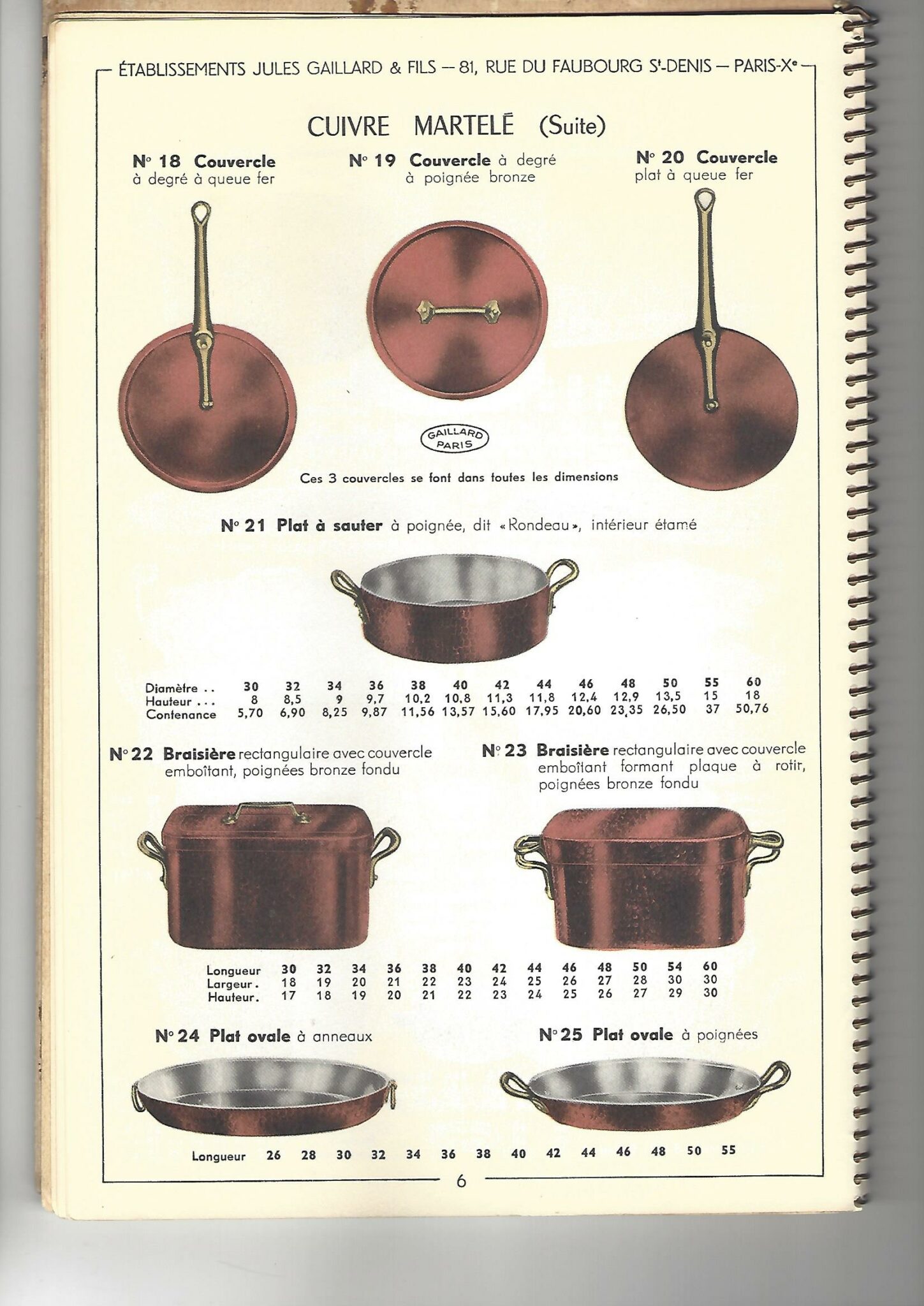
This makes me more confident that this piece is Gaillard make, imported by and stamped for Lamalle Kitchenware sometime after 1957 or so.
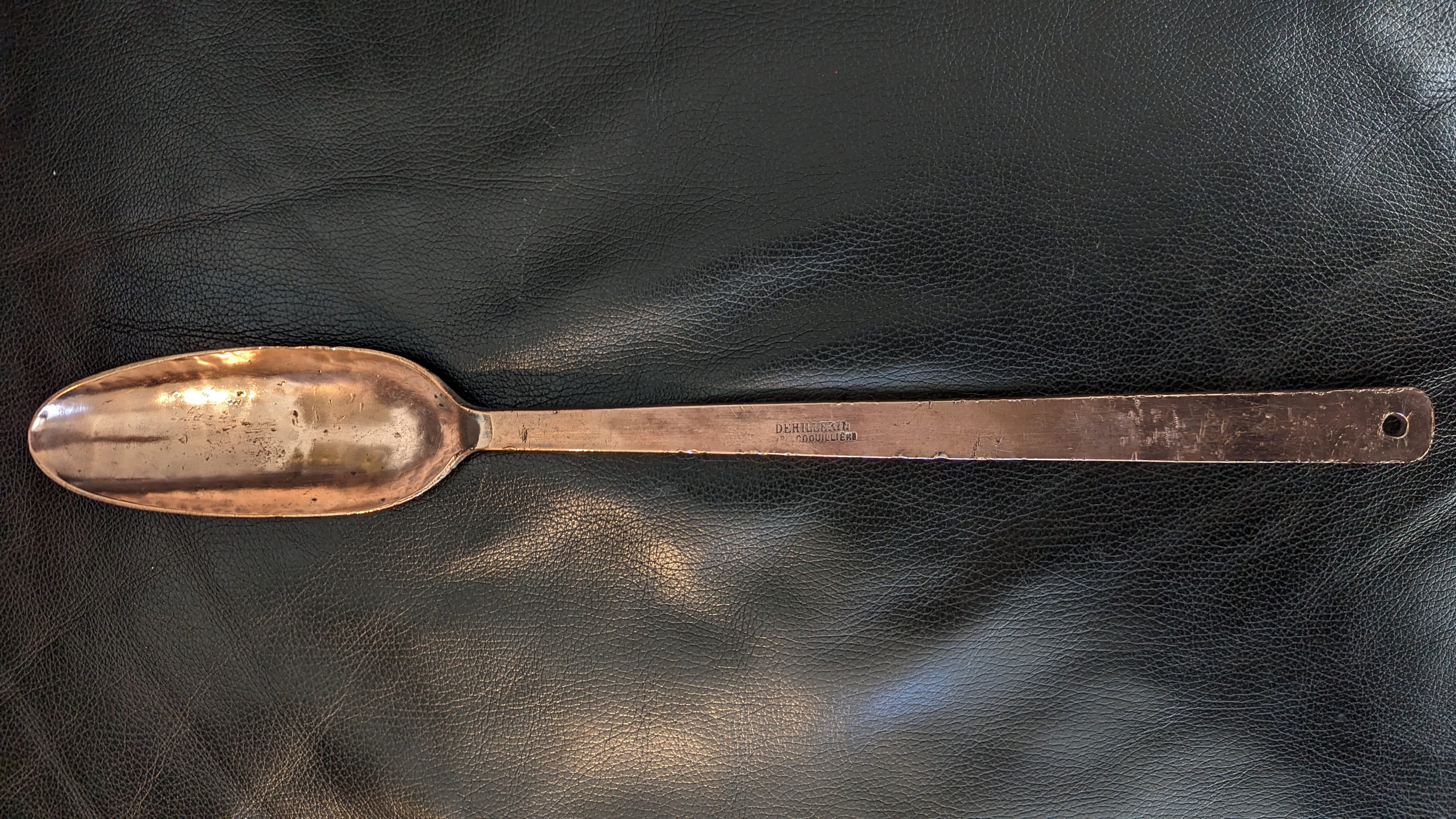

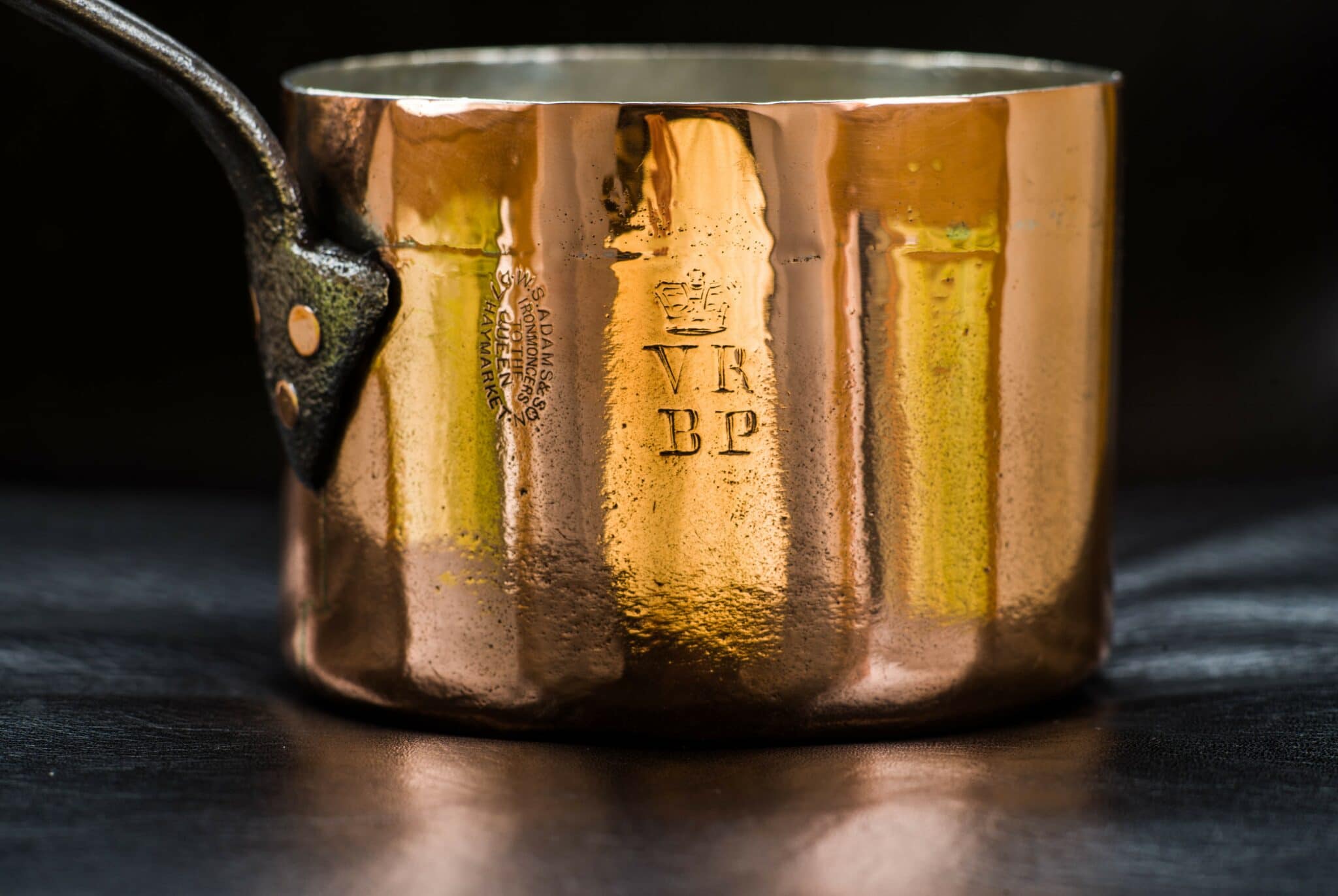

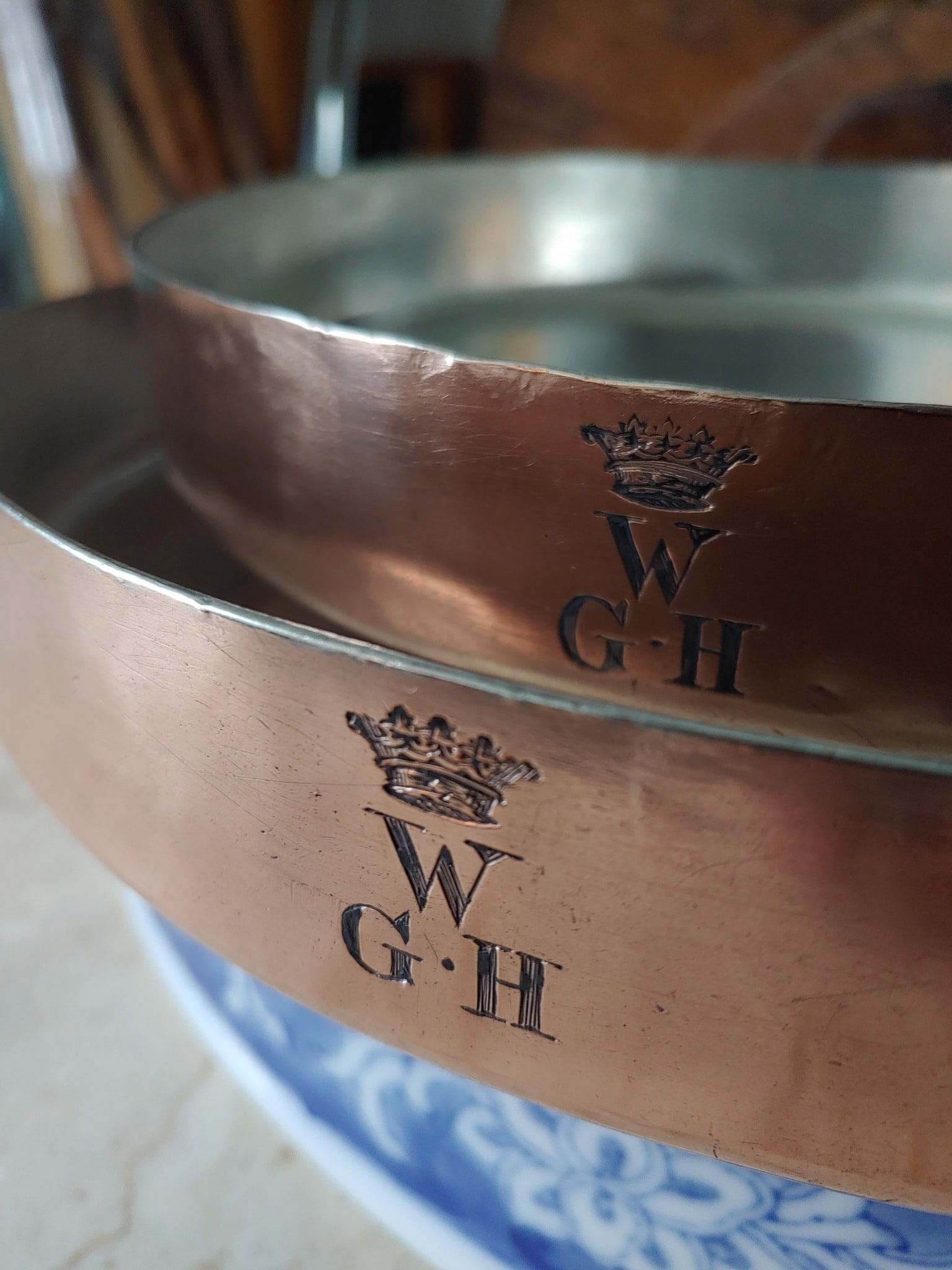
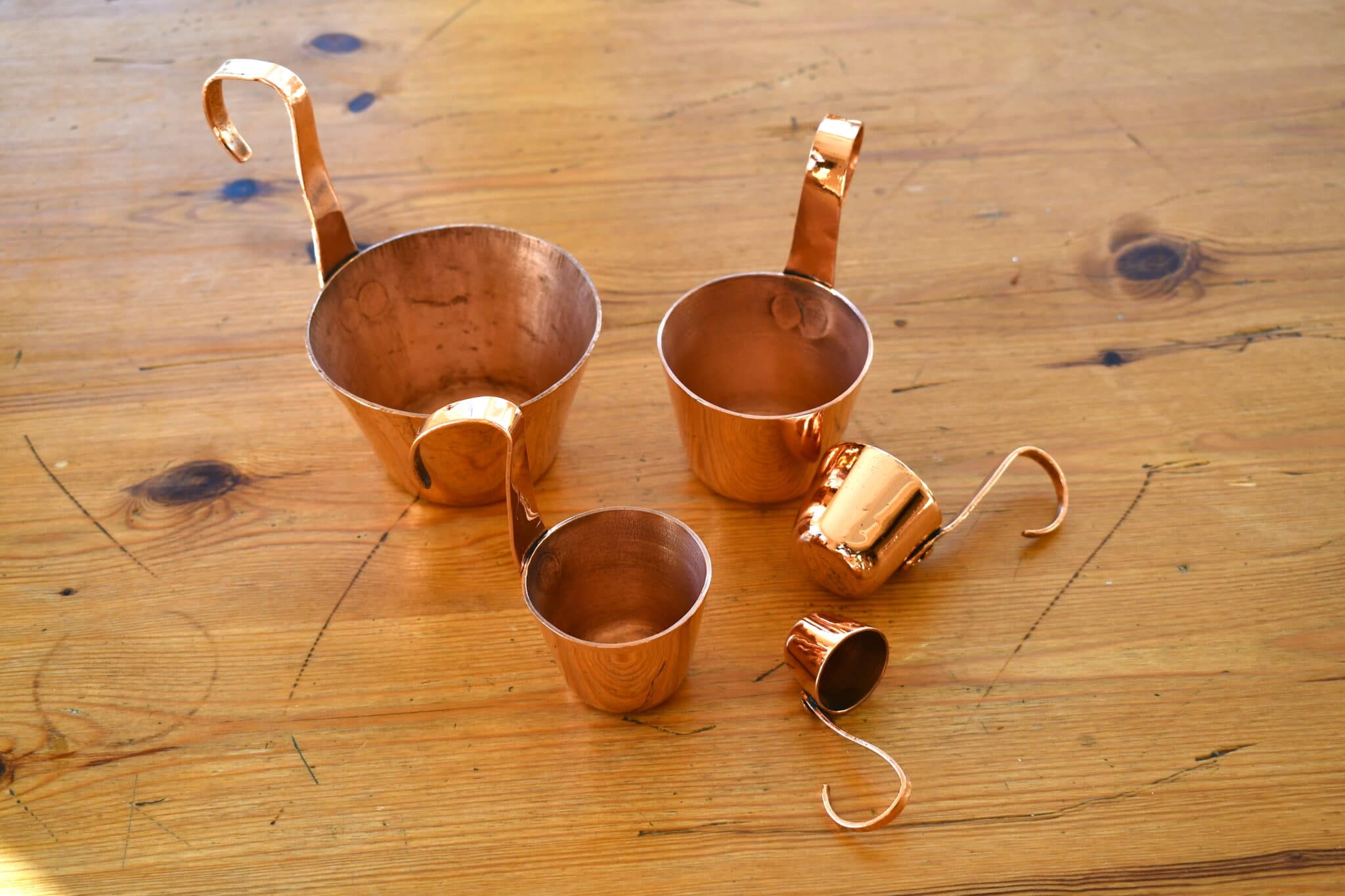
What a beautiful daubiere and in such great shape! I really like the lid which can serve a dual purpose as a nice size roasting pan. I recently bought a 32cm Williams Sonoma daubiere which doubles as my bread box. (-:
Love that! Beautiful